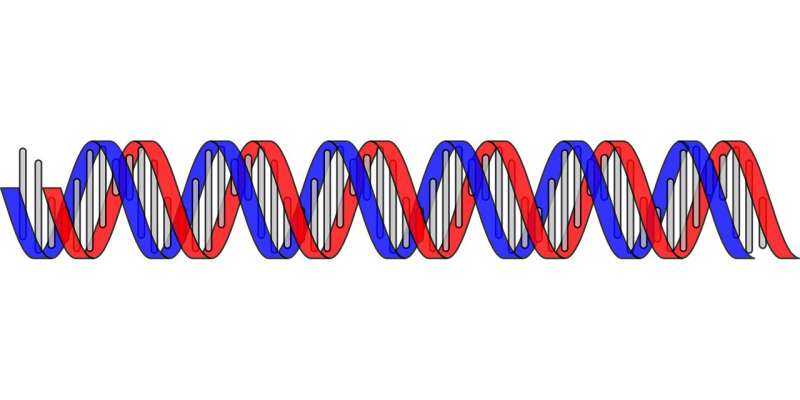Study offers new insights into fragile X syndrome

A new study shows that many abnormalities in fragile X syndrome cells are related to glitches with one of the body's major quality control systems. Published in Nature Cell Biology, the research provides fresh insight into the molecular mechanisms of the disorder and a pathway to search for potential treatments.
Fragile X syndrome
occurs when individuals don't make the fragile X protein known as FMRP, which is needed for normal brain development. Currently, little is known about how the loss of this crucial protein leads to the intellectual disability and severe learning problems characteristic of the disease. Rochester researchers found that many irregularities in cells that lack FMRP are due to misregulated nonsense-mediated mRNA decay, or NMD. Discovered by RNA biologist Lynne E. Maquat, Ph.D., NMD is like a molecular guide that helps our cells make smart decisions that (in most cases) improve cellular function and contribute to good health. For example, NMD helps our cells adjust to changes in development and in their environment, and more rapidly respond to certain stimuli. Through a series of cellular analyses, Maquat's team discovered that NMD influences a wide range of genes throughout the brain, including genes that govern motor control and cognitive processes related to attention, learning and language. They also found that when FMRP is absent from cells, as it is in people with fragile X syndrome, nonsense-mediated mRNA decay shifts into overdrive. In multiple experiments using induced pluripotent stem cells (iPSC) from individuals with fragile X syndrome, first author and research assistant professor Tatsuaki Kurosaki, Ph.D. revealed that tamping down NMD with compounds called small molecule inhibitors restored some of these neurological functions in cells. "This is a big step forward in understanding how this disease develops," said Maquat, senior study author and the J. Lowell Orbison Endowed Chair and Professor in the department of Biochemistry and Biophysics at the University of Rochester School of Medicine and Dentistry. "While NMD supports our cells in various ways, too much of it can upset a complex molecular balance that sustains the expression of genes and the creation of proteins. It is bad to have no NMD, but is also detrimental to have too much." Treatments for fragile X syndrome can ameliorate symptoms, such as behavior problems, and support services can help build important skills like talking and walking, but there is no cure for the disorder. Studies in
Maquat, also the director of the University of Rochester's Center for RNA Biology, has spent more than 40 years working to understand nonsense-mediated mRNA decay. Central to the NMD process is mRNA or messenger RNA, which takes genetic instructions from DNA and ferries it to another part of the cell where the instructions are translated into proteins. mRNA is a crucial component of gene expression, and Maquat was one of the first scientists to uncover it's importance in human health and disease and recognize the vast potential of RNA-based treatments.
RNA catapulted into the spotlight in 2020 with the development and approval of multiple mRNA COVID-19 vaccines. Maquat believes this is the tip of the iceberg in the development of RNA-based therapeutics; she sees immense opportunity for the discovery and development of more treatments for infectious diseases, genetic disorders like fragile X syndrome and myotonic dystrophy, and more.
More information: Tatsuaki Kurosaki et al. Loss of the fragile X syndrome protein FMRP results in misregulation of nonsense-mediated mRNA decay, Nature Cell Biology (2021). DOI: 10.1038/s41556-020-00618-1
Journal information: Nature Cell Biology
Provided by University of Rochester




















